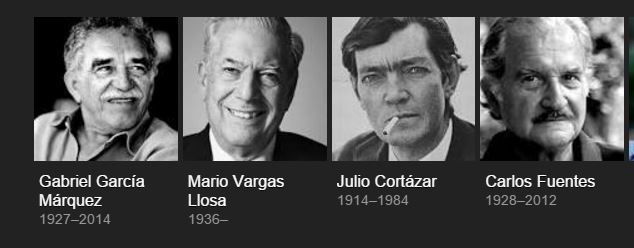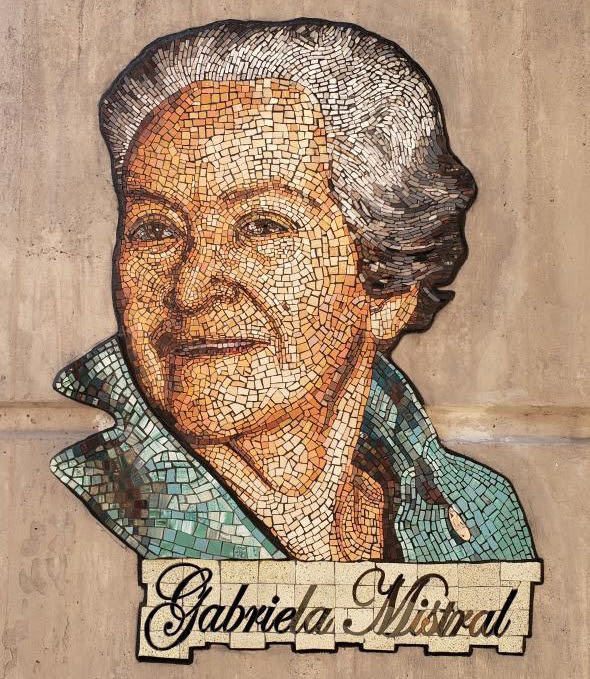The iberoamerican literature is much more than just a collection of stories. It is a tribute to the human experience, it is a vault of philosophic, cultural and historical background interwoven into its narratives.
Iberoamerican literature confines literary works not only from South America but Portugal and Spain as well. This rich legacy reflects the identities, perceptions, deep thoughts and feelings not only from the authors but also the places and societies they portray. Most of these masterpieces are timeless, many of these stand as a testament to social and political upheavals and the continuous pursuit of individual and collective identities.
Over the years, Latin American literature has developed a rich and complex diversity of themes, forms, creative idioms, and styles. By exploring this literary genre, acknowledging the authors behind these writings is the first and crucial part before digging into the narratives. To make this easier to understand, there was a movement called the Latin American Boom it started between the decades of the 1960s and the 1970s by relatively young novelists who became well known over the world. The boom novelists were Julio Cortazar, an Argentine naturalized French novelist who wrote a very trascendental masterpiece called Rayuela (1963), Carlos Fuentes, a Mexican novelist and essayist most known for The Death Of Artemio Cruz and Aura (1962). The New York Times described Fuentes as “one of the most admired writers in the Spanish-speaking world”. Mario Vargas Llosa, a Peruvian, novelist, journalist and former politician, famous for The City And The Dogs (1963) The Green House (1966), and over a hundred literary works exploring different genres from Fiction to Non-fiction to Drama; And last but not least one of the most significant authors of the 20th century Gabriel García Márquez, a Colombian novelist most known for One Hundred Years Of Solitude 1981, Chronicle Of A Death Foretold 1987 and Love In The Time Of Cholera 1985.

The masterpiece list of each one of these authors is endless. Vargas Llosa and Garcia Marquez were both Nobel Prize winners, but Cortazar and fuentes were only candidates but never succeeded in winning one. Some say that the Academy didn’t like political incorrect authors, but were they incorrect?, The most enduring aspect of the Boom was its engagement with political discourse. These writers deftly wove socio-political themes into their narratives, offering critiques of oppressive regimes, socio-economic disparities, and the turbulent realities of their societies. All these narratives have various elements such as magical realism, nonlinear storytelling, intricate political and social commentary, nature of myths, folklore, daily life, surrealism, existentialism, and social justice respectively.
While not part of the original Latin American Boom there is a critically acclaimed novel named The Savage Detectives written by Chilean-Mexican author Roberto Bolaño, captures the essence of the movement through its thematic depth and unconventional narrative style. A novel set in Mexico City, follows the story of a young group of poets and writers called The Visceral Realists led by two charismatic figures called Ulises Lima and Arturo Belano who find themselves on a quest to find a vanished poet while exploring their own artistic and personal journeys. The novel embodies the spirit of literary experimentation akin to the Boom, the second half of the book has a particularly interesting storytelling technique that intertwines multiple voices of each of the characters testimony of the vanished poet case. Addressing themes of artistic ambition, cultural cultural and socio-political landscape of Latin America, The Savage Detectives echoes the movement's core elements, solidifying its place as a work that perpetuates the legacy and impact of Latin American literature beyond the era of the Boom.

During that time female authors emerged as formidable voices, their unique perspectives and narratives made a great contribution to this period of time in latin American literature. Authors like Isabel Allende, renowned for her magical realism in The House of the Spirits, broke barriers by crafting narratives with socio-political elements. The poetic mastery of Gabriela Mistral, a Chilean author, echoed across borders into themes of love, sorrow, and social justice. Elena Poniatowska, a Mexican journalist and author, portrayed the narrative of marginalized communities through poignant storytelling in works like La Noche de Tlatelolco. These women defied societal norms, through the search of identity and feminism leaving an indelible mark on Latin American literature.

Their contributions initiated dialogues, heightened consciousness, and motivated successive cohorts of writers to persist in employing literature as a catalyst for societal transformation.
The importance of these narratives lie in their ability to transcend not only physical borders but also storytelling limits operating as a powerful tool not only to entertain but also to provoke discussions on oppression, societal norms, and the essence of human existence.

